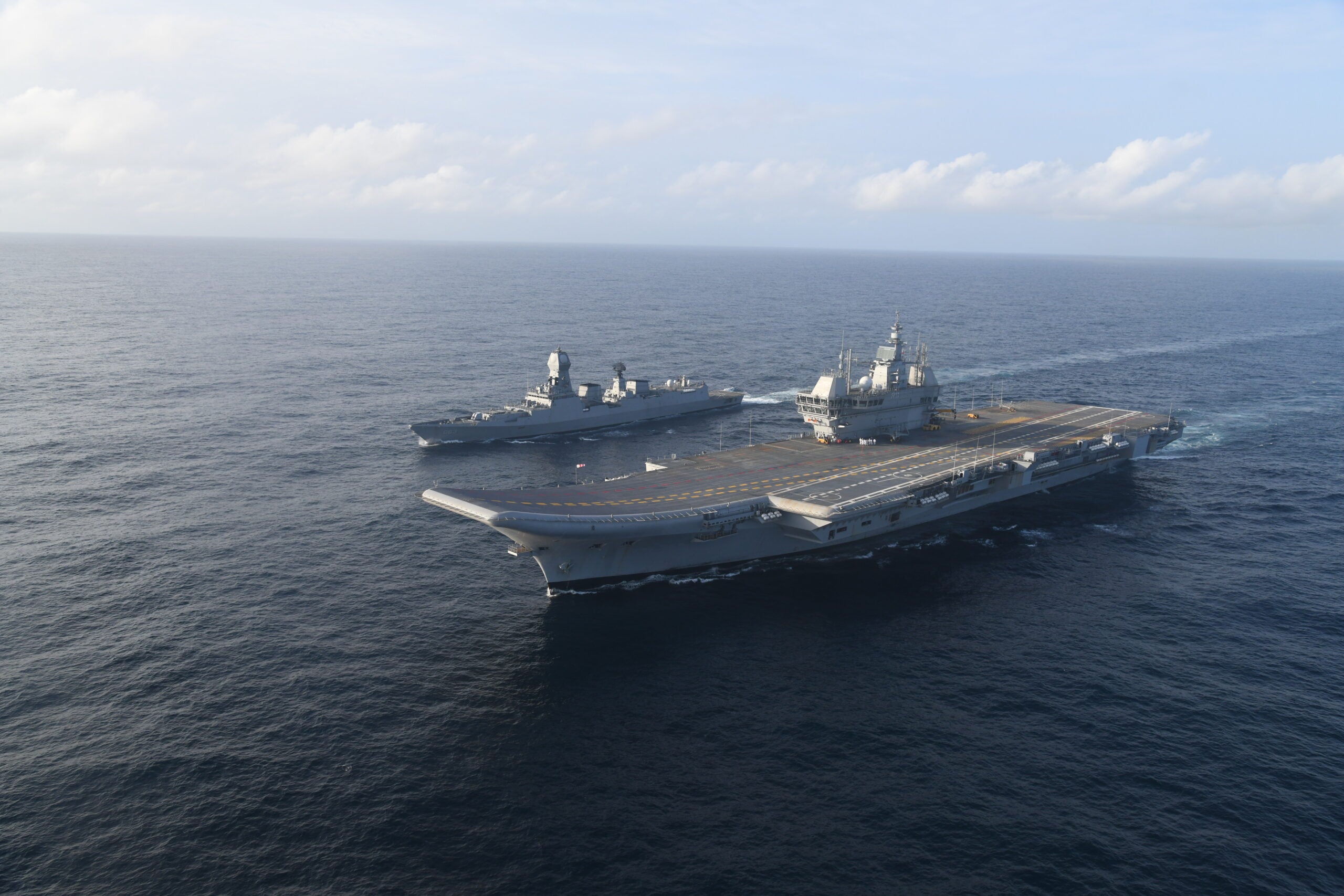
India’s Cochin Shipyard Limited (CSL) has handed over the lead Vikrant-class ship, indigenous aircraft carrier (IAC) Vikrant, to the Indian Navy.
It was marked by the signing of acceptance documents in the presence of officials from the Indian Navy and CSL.

Discover B2B Marketing That Performs
Combine business intelligence and editorial excellence to reach engaged professionals across 36 leading media platforms.
This delivery also marks the culmination of the vessel’s design, build and trial phases.
Vikrant underwent extensive user acceptance trials, which were carried out between August 2021 and July 2022. It has recently concluded the fourth phase of sea trials.
The trials were conducted to validate the performance of the ship, including its main propulsion, weapon and sensors, hull, auxiliary equipment and aviation facilities.
Other capabilities, such as sea keeping and manoeuvring, were also evaluated during the trials, conducted in compliance with the protocols and system parameters.

US Tariffs are shifting - will you react or anticipate?
Don’t let policy changes catch you off guard. Stay proactive with real-time data and expert analysis.
By GlobalDataIn a press statement, the Indian Navy said: “The Indigenous Aircraft Carrier would soon be commissioned into the Indian Navy as Indian Naval Ship (INS) Vikrant which would bolster India’s position in the Indian Ocean Region (IOR) and its quest for a blue water Navy.”
Once commissioned, the ship will be capable of operating an air wing comprising 30 aircraft, including Kamov-31, MIG-29K fighter jets, MH-60R multi-role helicopters, advanced light helicopters (ALH) and light combat aircraft (LCA).
Designed by the Indian Navy’s Directorate of Naval Design (DND), the 262m-long lead Vikrant-class ship offers a displacement of nearly 45,000t.
It is much larger than the predecessor, India’s first aircraft carrier, which played a crucial role in the 1971 war.
Launched in 2013, the vessel has been developed in three different phases at an estimated cost of $2.52bn (R2s00bn).
The vessel comprises of 76% indigenous content and supports the Government of India’s ‘Make in India’ and ‘Aatma Nirbhar Bharat’ initiatives.





